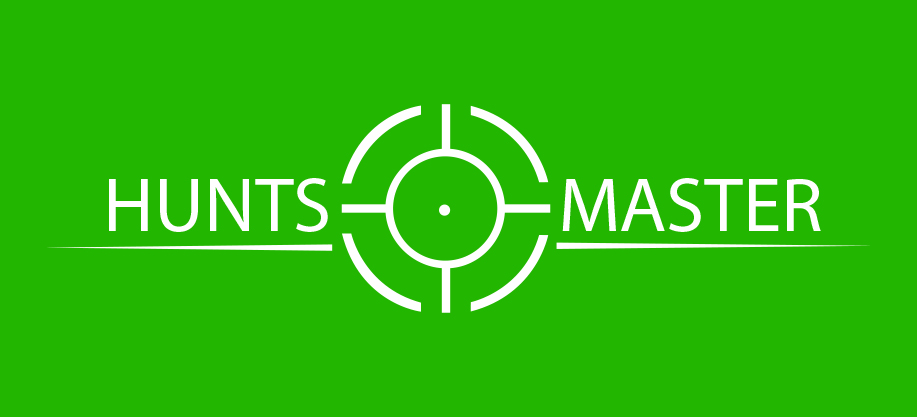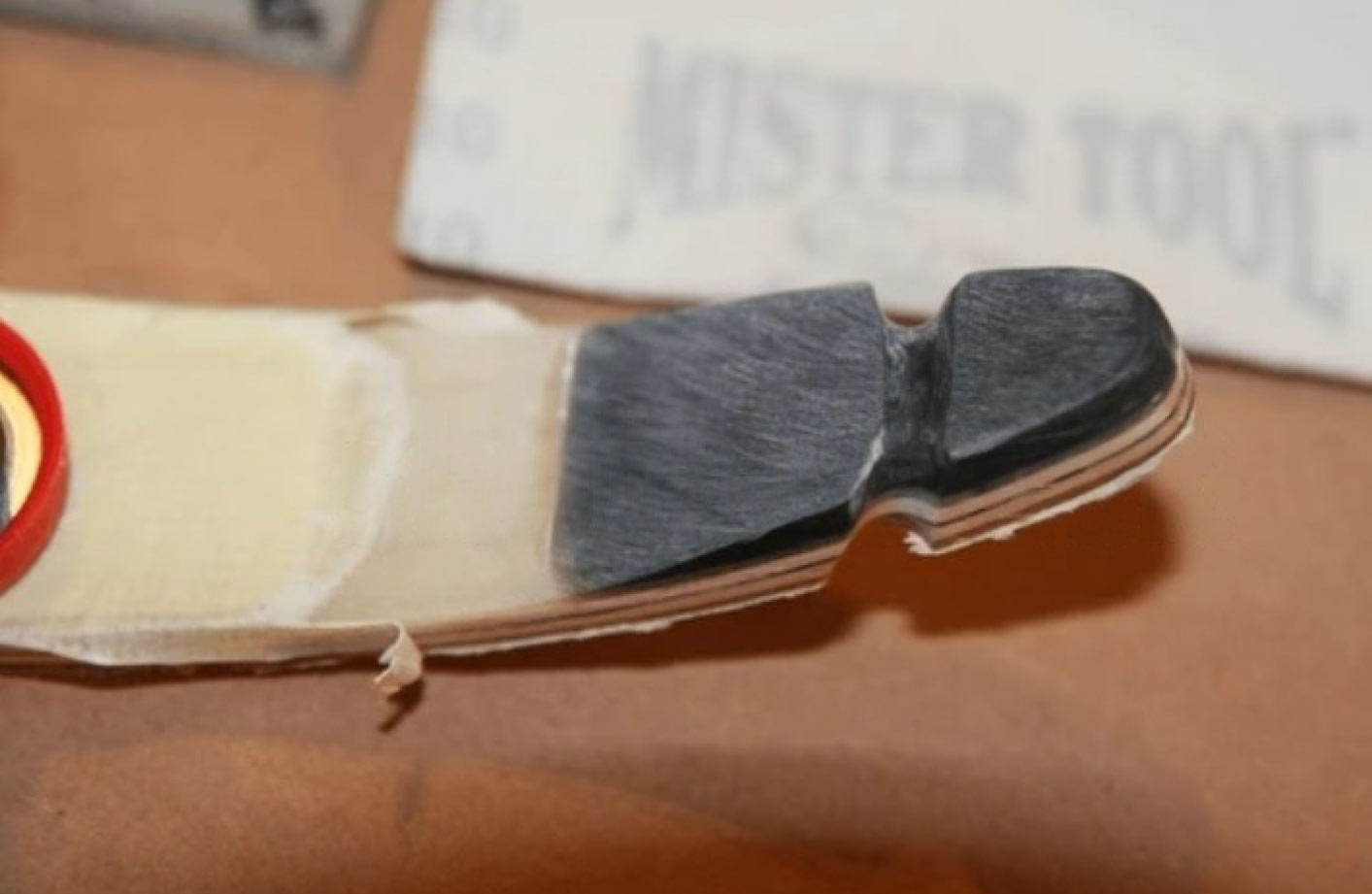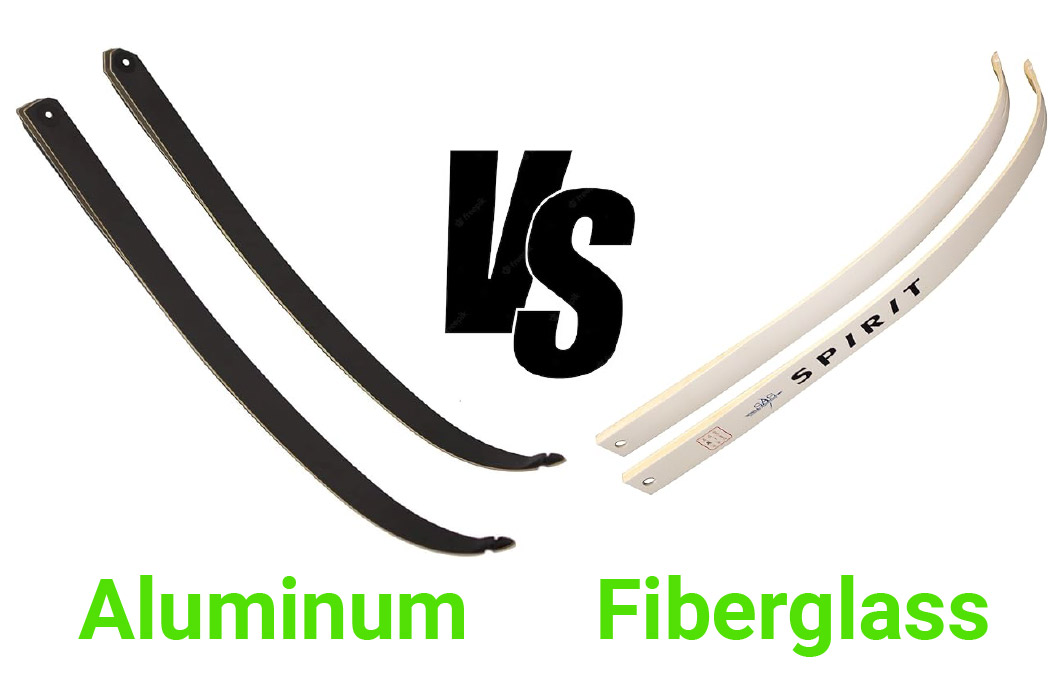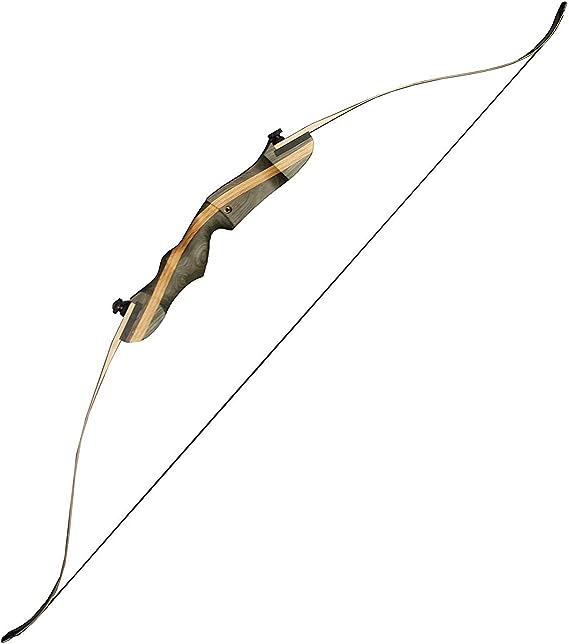Do you want to improve your shooting accuracy and overall archery experience? Well, one crucial factor you need to consider is your draw length.
We’ll cover how to measure draw length for longbows, recurve bows, and compound bows. So, let’s dive right in!
What is Draw Length?
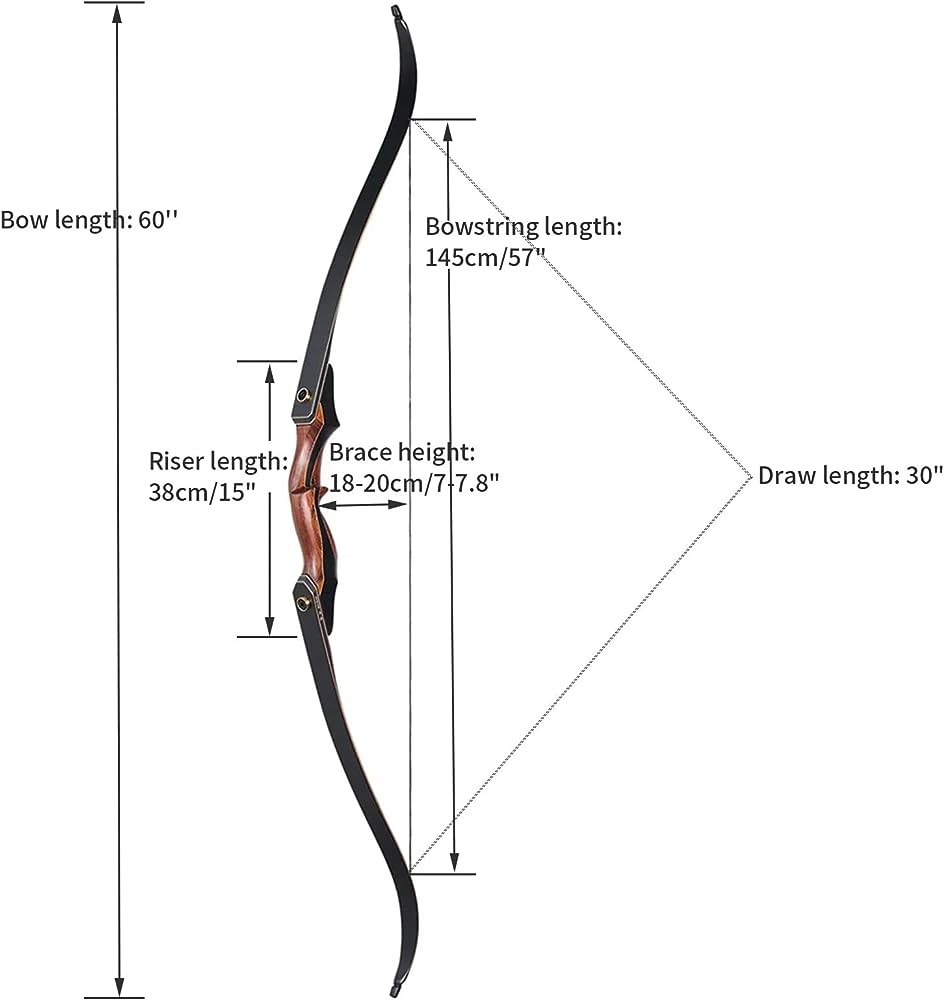
Draw length is the distance between the nocking point on the bowstring and the grip’s deepest point when you’re at full draw. It’s essential to know your draw length, as it helps you choose the right bow size and arrow length and ensures a comfortable shooting experience.
When Measuring Draw Length, Consider The Following Factors:
- Bow type: Different types of bows (recurve, compound, and longbow) may require different methods for measuring draw length.
- Arm length: Your arm length can affect your draw length, so it’s essential to take this into account when using the arms-spans method.
- Accuracy: Ensure that you measure your draw length multiple times for accuracy, and consider visiting a professional archery shop for a proper measurement.
Longbow Draw Length Measuring
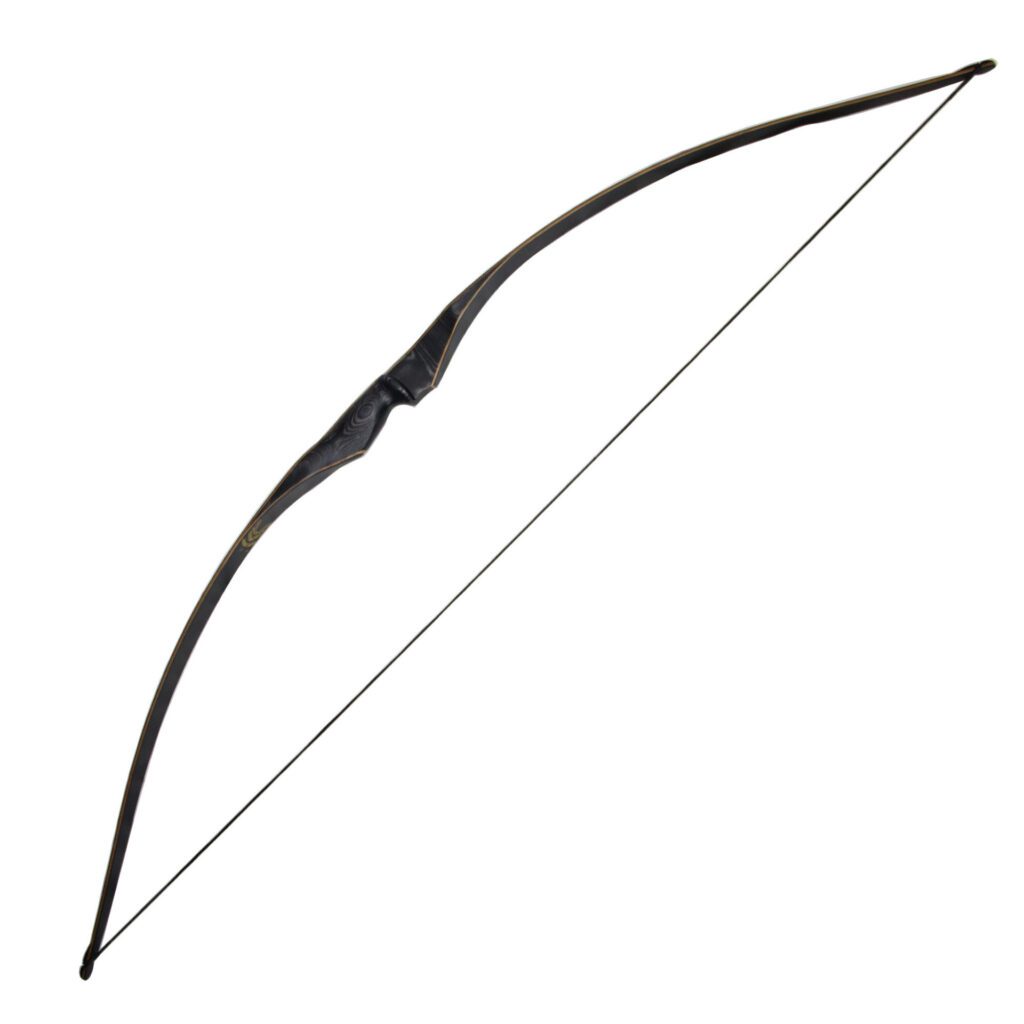

The most basic and traditional way to measure draw length on a longbow is by having someone hold out their arm fully extended and measure from their knuckles to their shoulder.
This should give you an approximate idea of how far back you can pull on your bow string without having to use any specialized facilities or equipment.
If you can, you should always double-check this measurement with a real archery shop to make sure your arrows are accurate and safe when you shoot them. Here’s how you can measure the draw length on a longbow:
- Stand with your arms extended straight out in front of you.
- Have a friend measure the distance from the tip of one middle finger to the other.
- Divide that number by 2.5 to determine your draw length.
- Repeat the measurement several times to ensure accuracy.
Draw Length Using Another Formula:
In addition to measuring draw length with your arm, a formula can also be used to determine how far back you should pull on the bow string.
(Draw length in inches = arrow length + bow length minus 10). By measuring the arrow length and bow length, you can calculate the draw distance for your longbow.
Again, it is best to double-check this with an archery shop if possible to ensure accuracy and safety.
Measurement Methods:
These are just a few of the methods used to measure draw length when shooting arrows. There are many more, and each method has its own advantages and disadvantages.
It is important to research and find the best method for your specific situation. In any case, it is always best to double-check any measurements you make with an archery shop to ensure accuracy and safety when shooting your arrows.
Archery Stance and Form:
It is important to always practice proper archery stance and form when shooting. This means keeping your bow arm straight and locked in place, as well as keeping your feet shoulder-width apart and slightly turned out. It is also important to keep your chin up, shoulders back, and eyes on the target.
Length of The Draw Cycle:
When shooting arrows, the length of the draw cycle (the time in which it takes to draw and release the arrow) is also important to consider.
Most archers think that a draw cycle of 1–1.5 seconds is best because it gives them enough time to aim and shoot the arrow without having to rush.
The draw cycle often so that you can get used to it. Additionally, it is beneficial to use a metronome or timer when practicing this cycle so that you can track and improve your performance over time.
Follow Through After Release:
Another important factor to consider when shooting arrows is follow-through after release. This means continuing to keep your bow arm extended and locked in place even after you have released the arrow.
This helps make sure that all of the energy from the bow is put into the arrow, and it also makes the arrow more accurate and consistent over time.
Arrow Selection Based on Draw Length:
Finally, it is important to choose arrows that are the correct length for your drawing. Generally, arrows should be at least 3 inches longer than your draw length to make sure they have enough power to hit their target.
It is also important to choose arrows that are not too stiff or too weak for your draw length, as this can affect accuracy and performance.
How to Measure Draw Length on a Recurve Bow


Measuring draw length on a recurve bow is quite simple. You can use the “armspan” method to estimate your draw length and then choose a simple recurve bow and arrows that match it.
Here’s a step-by-step guide:
Estimate your draw length using the armspan method:
- Stand up straight with your arms extended to your sides, forming a “T” shape. Make sure your palms are facing forward.
- Have a friend measure the distance from the tip of one middle finger to the other, across your back.
- Divide the measured distance by 2.5 to get your approximate draw length.
Choose a recurve bow with a suitable draw length range:
- Most recurve bows have a recommended draw length range. Check the manufacturer’s specifications and ensure that your draw length falls within that range.
- If you’re new to archery, you might want to visit a local archery shop and try drawing some recurve bows with different draw lengths to find the most comfortable one for you.
Select the appropriate arrows:
- When choosing arrows for your recurve bow, consider that the arrow’s length should be about 1-2 inches longer than your draw length. This extra length ensures that the arrow doesn’t accidentally slip off the arrow rest or shelf while you’re at full draw.
By following these steps, you can accurately measure your draw length for a recurve bow and choose the right equipment for a comfortable and enjoyable archery experience.
How to Measure Draw Length on a Compound Bow


When shooting a compound bow, it is important to measure your draw length correctly. Here’s a step-by-step guide to help you measure your draw length accurately:
- Stand up straight and extend your arms to your sides, forming a “T” shape.
- Keep your fingers relaxed and have someone assist you with the measurement.
- With a gentle grip, hold a yardstick or measuring tape horizontally against your chest, aligning it with the center of your chest.
- Have the person assisting you measure from the tip of your middle finger on one hand to the tip of your middle finger on the other hand.
- The measured distance, in inches, is your approximate draw length.
For example, if the measurement is 28 inches, your draw length would be approximately 28 inches.
It’s important to note that measuring draw length on a compound bow typically involves a longer draw due to the bow’s design.
This allows for better utilization of the bow’s mechanical advantages, such as let-off and energy storage.
Accurately measuring your draw length is crucial for setting up your compound bow, as it affects your shooting form, comfort, and overall accuracy.
Taking the time to measure it correctly will contribute to a more enjoyable and successful archery experience.
Mastering Your Archery Skills: The Importance of Accurately Measuring Draw Length
Measuring your draw length accurately is crucial for selecting the right bow and arrows, ensuring proper form, and optimizing your shooting experience. Here are some interesting facts and tips about measuring draw length:
- Wingspan Method: The most common method for estimating draw length is the wingspan method, which involves measuring the distance between your fingertips with arms outstretched and dividing by 2.5.
- ATA Standard: The Archery Trade Association (ATA) has a standard for measuring draw length, which is the distance from the nocking point on the bowstring to the pivot point of the grip, plus 1.75 inches.
- Variations: Your draw length can vary depending on factors like shooting style, anchor point, and bow type. Therefore, it is essential to remeasure if you change your shooting technique or equipment.
- Arrow Length: Knowing your draw length helps you select the correct arrow length, which should be at least 1-3 inches longer than your draw length to prevent accidents and ensure optimal performance.
- Bow Sizing: Bows are designed for specific draw lengths, so measuring yours accurately ensures you choose a bow that fits your body and shooting style.
- Form Matters: Improper form can affect your draw length measurement. Stand straight and relaxed while measuring to get the most accurate results.
- Professional Help: Visiting a professional archery shop can provide you with expert assistance in measuring your draw length and selecting the right equipment. They may also use specialized tools to measure draw length more accurately.
Remember, having an accurate draw length measurement is essential for a comfortable and successful archery experience.
How Can I Ensure That My Draw Length Measurement is Accurate?
When it comes to archery, draw length is an important factor to consider. It refers to the distance between the bowstring and the grip when an archer pulls the bowstring back to its fullest extent.
This measurement determines the length of arrow that can be used effectively and the amount of power that is generated when the bow is fired.
To measure the draw length for a longbow or recurve bow, stand with your arms outstretched and measure from the tip of one middle finger to the tip of the other.
Divide that measurement by 2.5 to get your approximate draw length. For a compound bow, it’s best to have a professional measure your draw length.
This can be done at an archery shop or with the help of a friend using a special bow measuring tool. It’s important to have an accurate measurement to ensure proper form and accuracy while shooting.
Conclusion
Accurately measuring your draw length is essential for enhancing your shooting accuracy and overall archery experience.
Whether you’re working with a longbow, recurve bow, or compound bow, understanding and implementing the appropriate measuring techniques will help you select the right equipment and ensure a comfortable shooting experience.
With the correct draw length and equipment, you’ll be well on your way to becoming a more proficient and confident archer. So, embrace the process, enjoy the journey, and happy shooting!
Some FAQs About How to Measure Draw Length
Why is measuring draw length important?
Measuring draw length ensures you choose the right bow size and arrow length and have a comfortable shooting experience.
How can I measure draw length on a longbow?
You can measure draw length on a longbow by having someone measure from your knuckles to your shoulder or using the arrow length and bow length formulas.
What is the armspan method for measuring draw length on a recurve bow?
The armspan method involves standing with your arms outstretched, having someone measure from fingertip to fingertip, and dividing that measurement by 2.5.
How do I measure draw length on a compound bow?
Stand up straight, extend your arms to your sides, and have someone measure from fingertip to fingertip. This measurement is your approximate draw length.
What impact does draw length have on shooting accuracy?
A proper draw length ensures proper shooting form, comfort, and overall accuracy, making it essential for a successful archery experience.
How does draw length affect arrow choice?
Arrows should be at least 3 inches longer than your draw length.
Can archery shops measure draw length?
Yes, archery shops can help measure draw length and provide expert advice.
